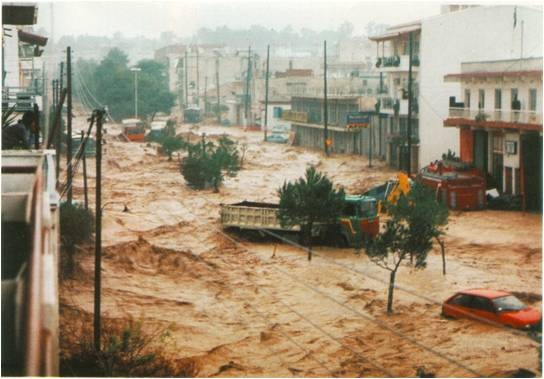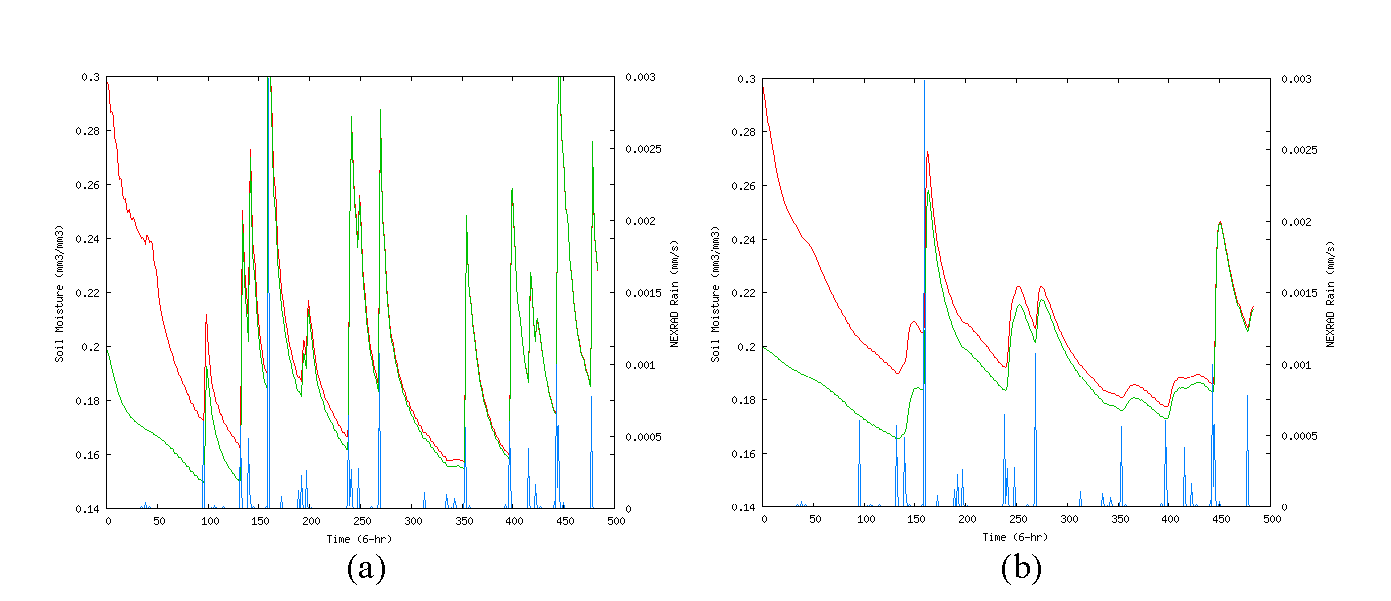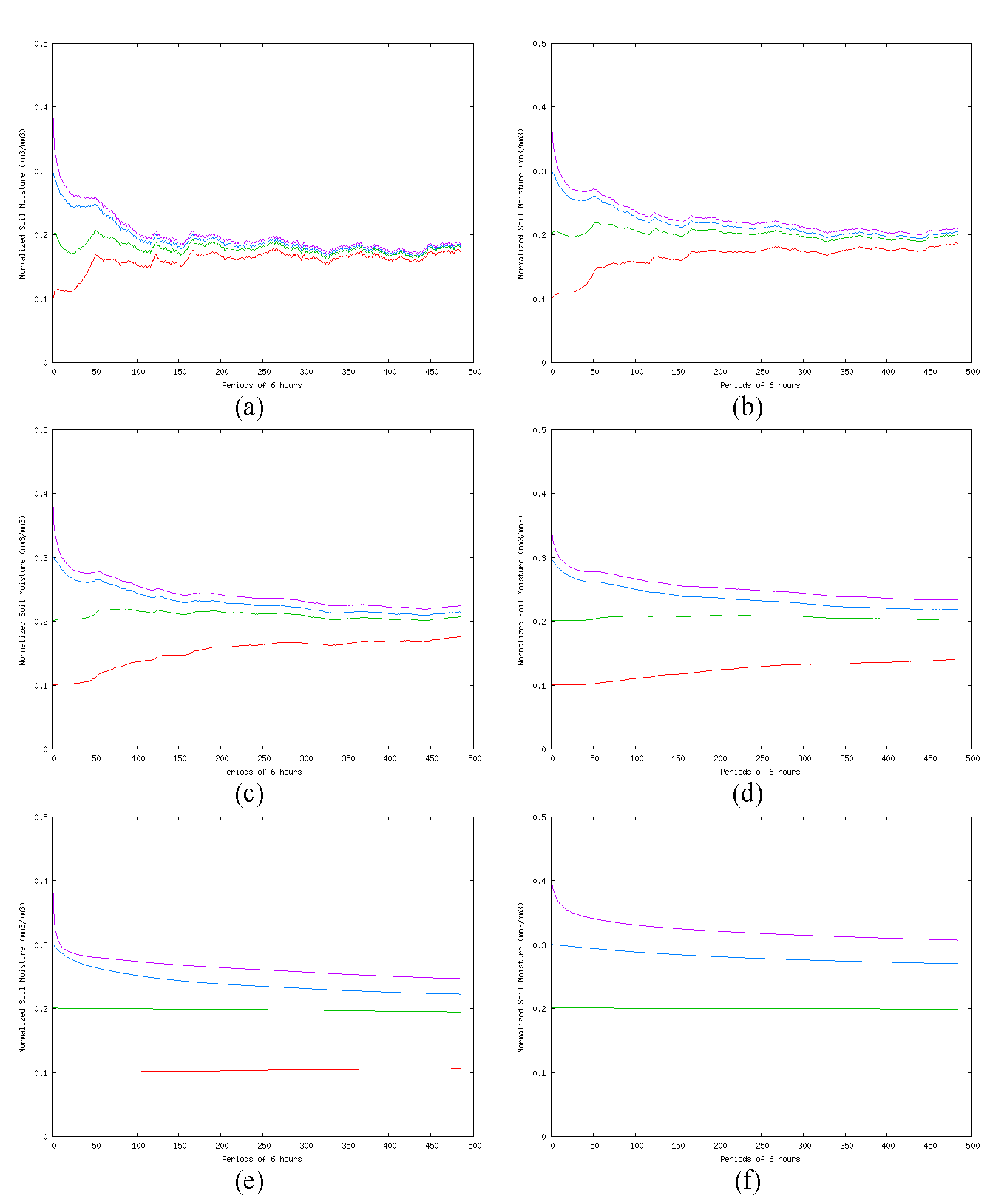Advancing Quantitative Precipitation Estimation and Short-to-Medium Range Forecasting on the Basis of Remotely Sensed Data Assimilation. This Marie Curie proposal aims at facilitating an efficient re-integration of Professor Emmanouil Anagnostou in the Institute of Oceanography of the Hellenic Center for Marine Research (HCMR).
The work performed in this project focused on innovative research aimed at the synergistic use of space-borne and ground-based measurements within a physically consistent and mathematically optimal data assimilation framework for the improvement of quantitative precipitation estimation and forecasting. The wealth of innovative concepts advanced by our work can revolutionize hydrologic forecasting and the advancement of our understanding on global water and energy cycle processes.
A cutting-edge contribution involved the development of a “truly combined” physically based radar/radiometer precipitation-profiling algorithm. Estimation of precipitation profiles and associated microphysical parameters (e.g., raindrop size distribution) from remotely sensed measurements (cloud brightness temperatures and radar profiling parameters) is probably one of the most important but poorly understood problems in atmospheric remote sensing today. It affects global climate research due to the importance of precipitation and latent heating profile assimilation in global models, yet its practical importance resides with improved delineation of the water cycle and better prediction of flood hazards.
Another major achievement is on long-range lightning detection. We have demonstrated based on long-term experiments that with a few receivers located thousands of miles apart we can measure lightning activity occurring over continents and beyond. Particularly, our regional lightning measurements in Africa bring unique advantages in resolving the relationship between convective rainfall dynamics and modulations of the synoptic scale environment associated with the easterly wave phase. Our early indications are that this wave could be a good predictor for the convection over Africa, which is important since Africa affects weather downstream (through latent heat release, and triggering Atlantic tropical cyclones).
Finally, real-time lightning and satellite rainfall measurements at large scale can have direct implications on aviation safety and water management in Europe, Africa and beyond by improving the accuracy of weather forecasting systems through data assimilation as we demonstrated in this work. [MIRG-CT-2004-517581]


